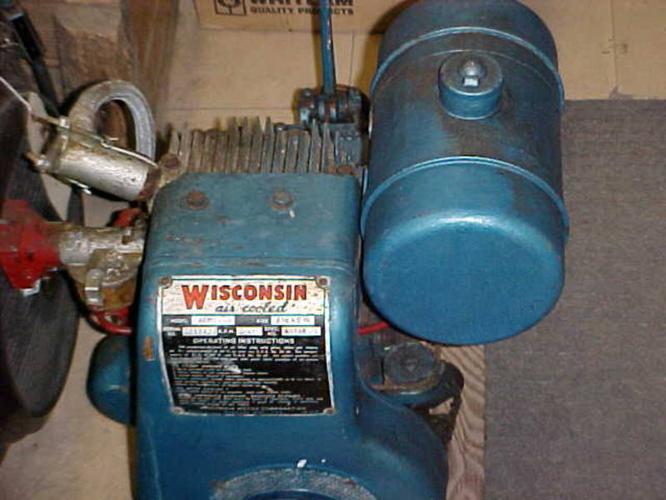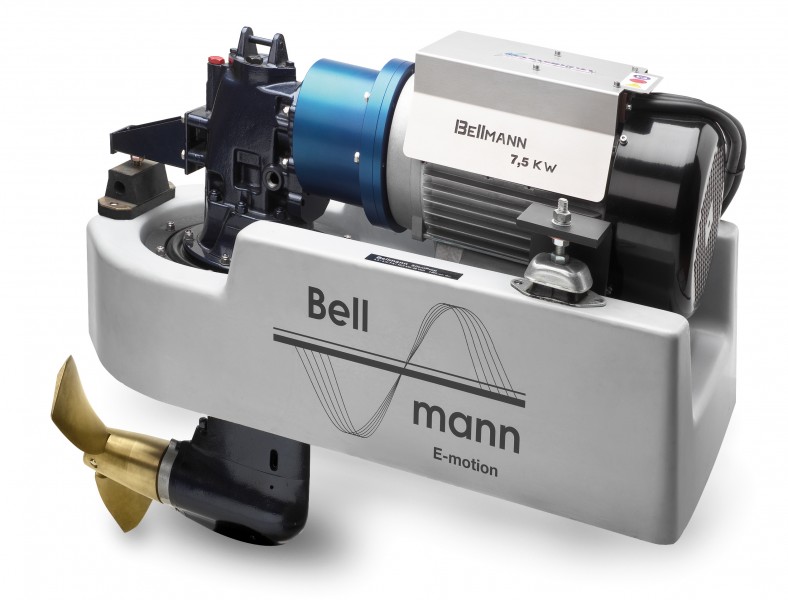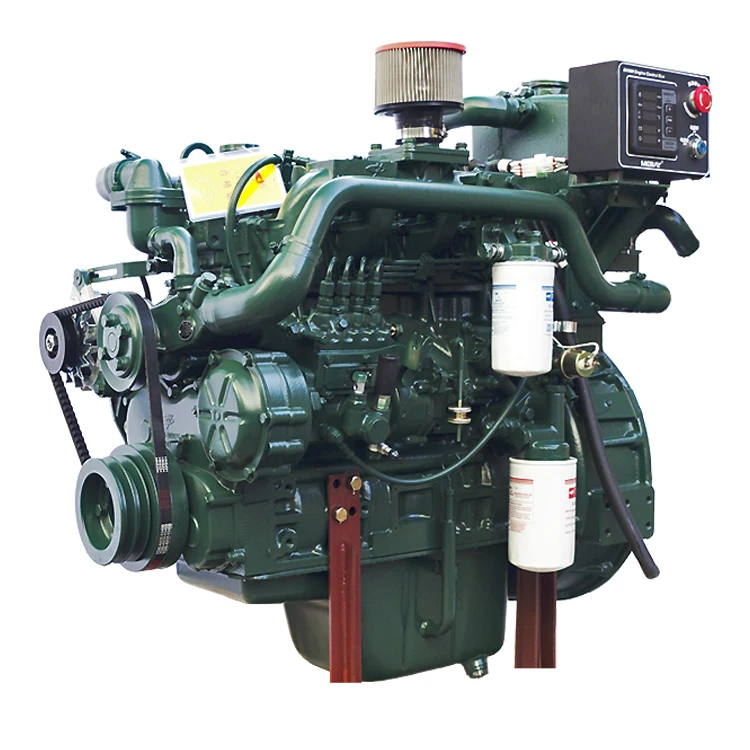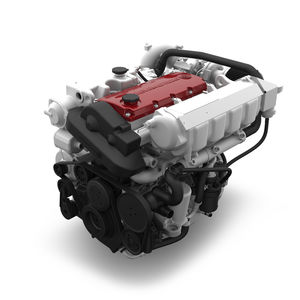
Twin-engined boats usually have two rudders, one behind each prop. Beneath the boat, the shaft is usually supported by a P or A bracket (depending on its shape) and steering is achieved through a rudder, for best effect immediately behind the propeller. Hence the term shaftdrive, to distinguish it from the sterndrive. The most conventional propulsion system has an inboard engine driving a straight propeller shaft that exits the bottom of the hull through watertight bearings. Sterndrives are relatively expensive to maintain any engine servicing that includes work on the outdrive will need to be undertaken with the boat out of the water, and the rubber bellows that provide the watertight seal between outdrive and hoat needs replacing at the recommended intervals.

When tilted, the propeller will be near the surface of the water, allowing it to he more easily cleared if it’s fouled, and in many cases allowing a boat harmlessly to take the ground.Īs with outboards, a rudder attachment can be fitted to most outdrives for low-speed inland use, to give limited steerage when you slip into neutral. Modern outdrives can be tilted and trimmed. This type of package keeps all the machinery well to the stern and leaves plenty of space for accommodation, which explains its popularity in small cruising hoats. The engine stays in one place, but the ‘outdrive’ leg turns to steer, just as with the outboard. Take the lower unit of an outboard and connect it via a further 90′ gearbox, universal joint and watertight seal to an engine immediately inside the boat, and you have a sterndrive. Until recently, nearly all outboards had two-stroke motors, but most ranges now include four-strokes, which tend to be more fuel efficient and also quieter. The hydraulic system can also allow the leg to be trimmed (adjusted in or out slightly) when moving, to change the boat’s running angle.įor low-speed inland use, a rudder attachment can be fitted to the lower unit to give useful, if limited, steerage when the power is off but the boat is still moving through the water. The whole outboard can be raised or tilted by hand on smaller models and by hydraulics on larger units. On small outboards up to no larger than 30hp, you do this by using a tiller handle attached to the outboard.įrom this size (and down to around 10hp if required), you steer using a wheel and throttle connected by cables or, in some cases, hydraulics. To steer the boat, you turn the whole unit.

The engine itself is in a cowling at the top driving the propeller via shafts and a gearbox through what is known as the leg or lower unit. The simplest form of power unit to install, outboard oard motors are clamped (or bolted in the case of more powerful units) to the transom with no need for holes in the hull under or close to waterline. A fourth type, the jet drive, is most commonly found in PWCs (personal watercraft), but also powers some sportsboats.Īnd a fifth, the surface drive, powers many racing boats and is offered as an option on a few high performance sportsboats and sportscruisers. The shaftdrive inboard engine, as in nearly all larger craft. The sterndrive, as in some larger sportsboats, most sportscruisers in the 20-40ft (6-12m) bracket, and in fast motor cruisers up to between 30ft and 40ft (9- 12m) The outboard engine – the complete power and drive package as used in most sportsboats and small sponscruisers There are three main methods by which a marine engine delivers its power: More often you can take your pick between petrol and diesel engines and/or between single and twin installations.


Sometimes you can select the drive system – the way power is converted into propulsion. In boats bigger than about 40ft (12m) you may only have a choice between two or three sizes of twin shaftdrive diesel, but in many smaller craft there are other decisions to be made. Their relative merits can be a factor in deciding what to buy, and when ordering a new boat you usually get some say in the machinery to be installed. There is almost as much variety in engine installations as there is in motor boats.


 0 kommentar(er)
0 kommentar(er)
